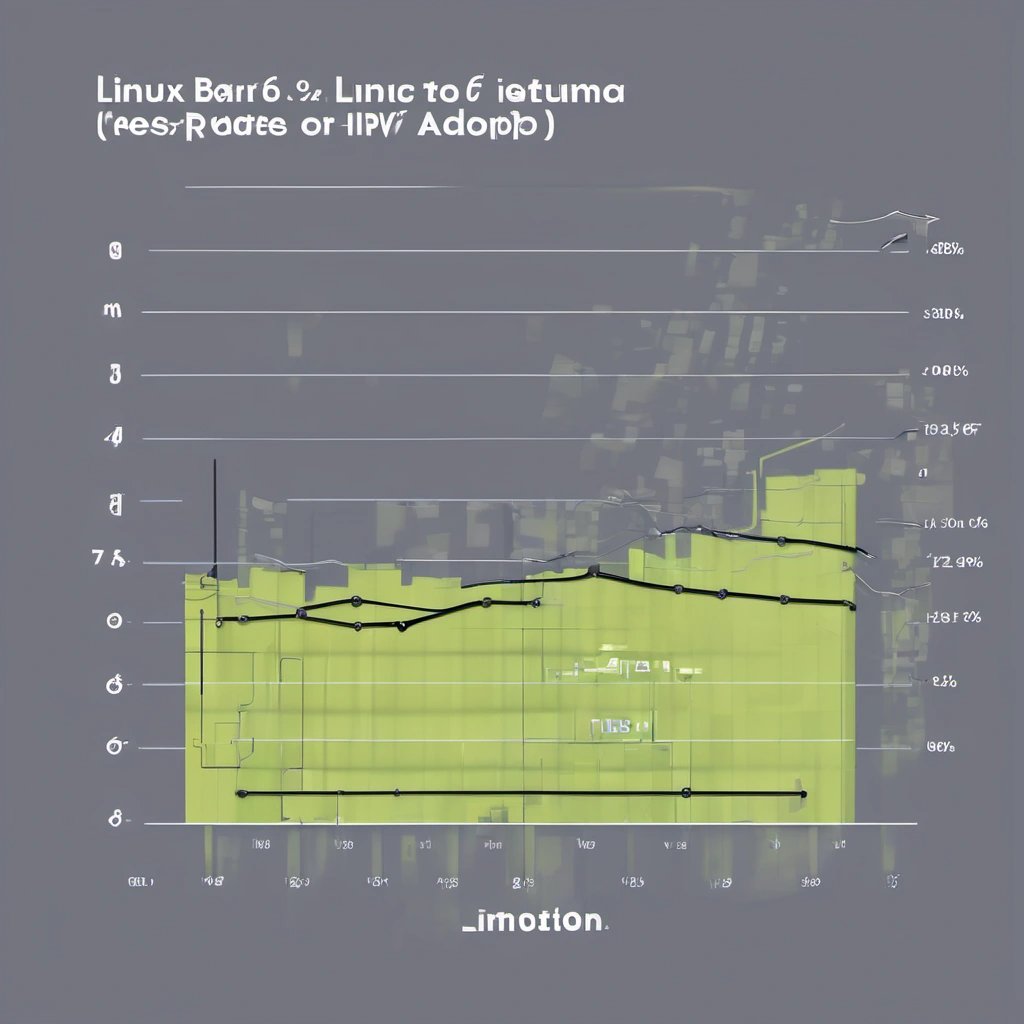As the digital age continues to evolve, there have been longstanding debates among technophiles about which highly anticipated milestones will eventually come to fruition. At the forefront of these discussions is the long-awaited Year of Linux on Desktop and the overshadowing of IPv6 over IPv4. It's a veritable race against time, but the real question remains: which will arrive sooner?
Believe it or not, both milestones have been the subjects of speculation for decades. The prospect of Linux becoming a major player in the desktop market has been discussed since the '90s, with open-source advocates insisting that it's only a matter of time before Linux outpaces proprietary operating systems. Meanwhile, IPv6 has been a hot topic since its inception in 1998 as a response to the inevitable depletion of IPv4 addresses.
Years ago, the idea that Duke Nukem Forever, a notorious video game announced in the late '90s and subsequently trapped in development hell for 14 years, would be released before IPv6 took off might have seemed preposterous. However, Duke Nukem Forever was indeed released in 2011, while IPv6 adoption has been a slow, gradual process.
In terms of Linux on Desktop's future, the adoption rate has seen steady growth, albeit nowhere near the market share enjoyed by competitors such as Windows and macOS. Linux has found a safe space among developers and IT professionals, who appreciate the open-source nature and customization potential that the platform offers. But despite its niche status, the Year of Linux on the Desktop remains just beyond the horizon, much like IPv6's dominance over IPv4.
As for IPv6, experts initially thought that its widespread adoption would be a done deal once the pool of available IPv4 addresses was exhausted. IPv4's 32-bit addressing system allows for roughly 4.3 billion unique IP addresses – a seemingly abundant resource during the early days of the internet. Nevertheless, the online world has grown exponentially since then, prompting the development of IPv6, which is built on a 128-bit addressing system and provides 340 undecillion (that's 36 zeroes!) addresses.
Despite the advantages offered by IPv6, the transition from IPv4 has been slower than many anticipated. This is due in part to the effort required by network engineers and administrators to upgrade legacy infrastructure and to convince internet service providers and content companies to fully embrace the new protocol.
As it stands, the figures for both Linux on Desktop and IPv6 adoption are still far from their respective finish lines. It is important to note, however, that while the trajectory for IPv6 currently hovers around 30% of global internet users, the Linux market share on desktop systems lingers below 5%. These metrics are constantly in flux, as technology continues to influence our daily lives and reshape our future.
In summary, attempting to predict which milestone will arrive sooner – the Year of Linux on Desktop or the moment when IPv6 finally overtakes IPv4 – remains a challenge. It is a race against time that keeps the tech community guessing, as variables continue to shift and the digital landscape transforms. But one thing is certain: as the world becomes more connected and diverse, so too must our technologies evolve to bridge gaps and provide seamless user experiences, regardless of the platform or protocol.



